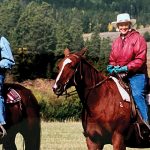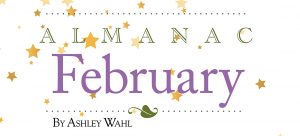
Unexpected Guests
The red crossbill makes an appearance
By Susan Campbell
This winter has been quite a season for birders across the Eastern United States. Here in North Carolina, it has been incredible with a variety of unexpected species scattered across the state. A few of them, like the snowy owl on the Outer Banks, were only around for a day. But others have been surprisingly widespread, are persisting and are being found in numbers. One such species is the red crossbill.
This feisty little seedeater with the oddly crisscrossed bill is native to the boreal forest, where conifers are abundant. They are uniquely adapted to pry open the sizable cones of spruces, firs, pines and even the small, compact cones of hemlocks. Crossbills are after the oily, nutrient-rich seeds found within. With short legs and strong feet, they cling easily to not only the bark and branches of the trees they forage on, but to the needles and cones as well.
The challenge for these birds of the North is that the cone crop that they depend on, especially during the colder months, is not predictable. Some years there is more than enough food to sustain them. But in seasons such as this one, red crossbills are forced to migrate much farther south than usual to find enough seed to make it through the winter. They may appear at feeders, especially those with hulled sunflower (referred to as “hearts” or “meats”) that the birds can easily consume.
Red crossbills often give themselves away, since they travel in noisy flocks. Their distinctive “jip” calls are unlike any other vocalization you might hear in the winter in central North Carolina. Although the adult males are a bright red-orange color, the females and immature birds are more muted. They may get overlooked as one of our more common finches or sparrows. The streaky brown plumage of a female crossbill might cause confusion: They look very much like our familiar female house finches. So, be sure to look very closely at the bills of all the “little brown jobs” that show up at your feeder. And if you get lucky and spot a crossbill or two, I would love to hear about it.
Interestingly, we do have a small population of red crossbills that breed in the northwestern corner of our state. The habitat on Mount Mitchell is the equivalent of the boreal forests of Canada and northern New England. So, if you don’t happen upon any in the coming weeks, should you find yourself at elevation in the mountains this summer, you may, nonetheless, catch a glimpse of one of these unusual birds. OH
Susan would love to receive your wildlife observations and/or photos at susan@ncaves.com.





